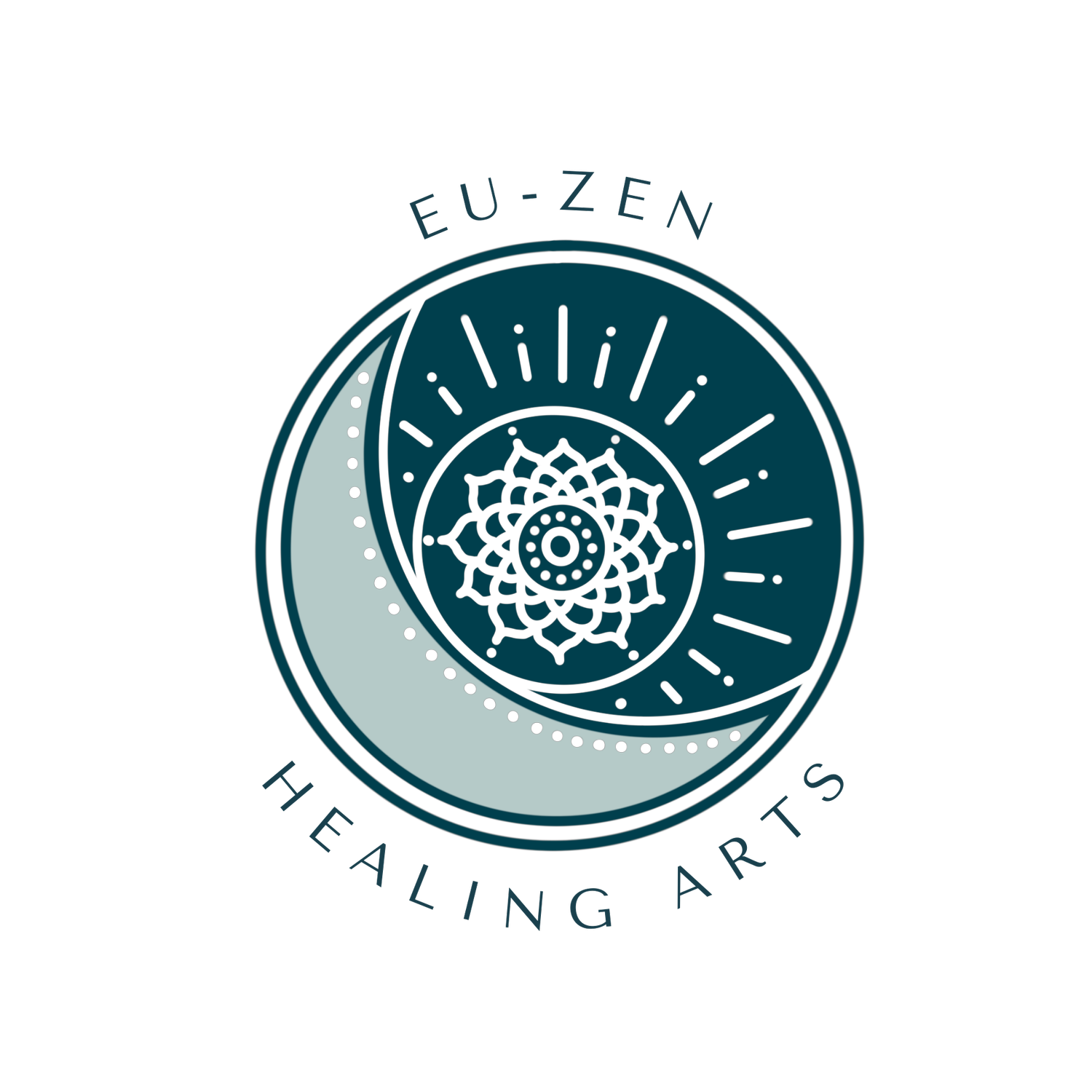

Crystal Therapy
Crystal Therapy is an alternative medicine practice that involves the use of semi-precious stones and crystals.
Crystals each have their own unique vibrational energy and this energy is useful to bring balance to
a person’s life energy. The crystal’s energy can help free up energy blockages such as trapped emotions
from past traumas. These blockages can occur in various places in the body and human energy field.
The crystal can act like a tuning fork in the hands of an experienced practitioner, who guides the crystal’s energy
to the blockages to restore harmony and balance to the energy field of the human body.
Crystals are different combinations of minerals that help purify, balance and realign by working with our bioenergetic systems. Crystals have a stable and unchanging energy pattern, each with a unique frequency and energy field, or resonance, that gives them unique properties that can be useful for targeting and releasing specific blockages.
Some crystals’ frequencies directly correlate to certain chakras, making crystal healing an extremely useful healing method. The Crystal Therapy practitioner selects specific crystals, based on their unique properties, to treat specific blockages. Crystal Therapy involves bringing balance to an individual’s mind, emotions, body and energy field,
leading to greater harmony and balance in one’s life.

What Should you Expect during a Crystal Therapy session?
During a Crystal Therapy treatment, you will lie on a treatment table, fully clothed. The practitioner may place the crystals on any areas of concern, and may also pass them over the body through the energy field without touching.
The Crystal Therapy treatment can be administered on its own, or more effectively, in conjunction with a Reiki Therapy session. An experienced Reiki and Crystal Therapy practitioner channels Reiki through the crystal, augmenting and boosting the strength of the crystal’s vibrational energy.

What are the Benefits of Crystal Therapy?
Crystal Therapy provides healing benefits surrounding mental and emotional well-being, including increased tranquility, positivity and focus, reduced anxiety, as well as enhanced immunity and natural pain relief. Crystals can work to ground and balance, restore and energize, and purify and cleanse the mind, emotions and physical body.

More on Crystal Therapy
-
Due to the noninvasive nature of crystal therapy there are no known contraindications. Side effects include a feeling of well-being, deep relaxation and greater balance.
-
The first historical references to the use of crystals come from ancient the Ancient Sumerians, who included crystals in magic formulas. The Ancient Egyptians used lapis lazuli, turquoise, carnelian, emerald and clear quartz in their jewellery. They also carved grave amulets of the same gems. The Ancient Egyptians used stones primarily for protection and health.
In the early part of the 19th century, a number of interesting experiments were conducted to demonstrate the effects of stones on subjects who believed themselves to be clairvoyant. In one case, the subject claimed to feel not only physical and emotional changes when touched with various stones, but also to experience smells and tastes.
In the 1980s, with the advent of the New Age culture, the use of crystals and gemstones began to re-emerge as a healing method. Much of the practice was drawn from old traditions, with more information gained by experimentation and channeling. Books by Katrina Rafaell in the 80s, and Melody and Michael Gienger in the 90s, helped to popularize the use of crystals.
-
There is a growing dissatisfaction with contemporary biomedicine, which tends to promote treatment of symptoms with drugs that cause side effects without actually treating the root cause of the symptoms, e.g., pain, anxiety, insomnia, gastrointestinal problems, etc. This has brought about a growing interest in alternative therapies such as acupuncture, craniosacral, reflexology, reiki, sound therapy, crystal therapy, and others. Science has begun to study and shed greater understanding upon these alternative therapies, which until recently relied primarily upon empirical evidence. Most alternative therapies have not yet become sufficiently understood or “evidenced” by science. Further research is required.



